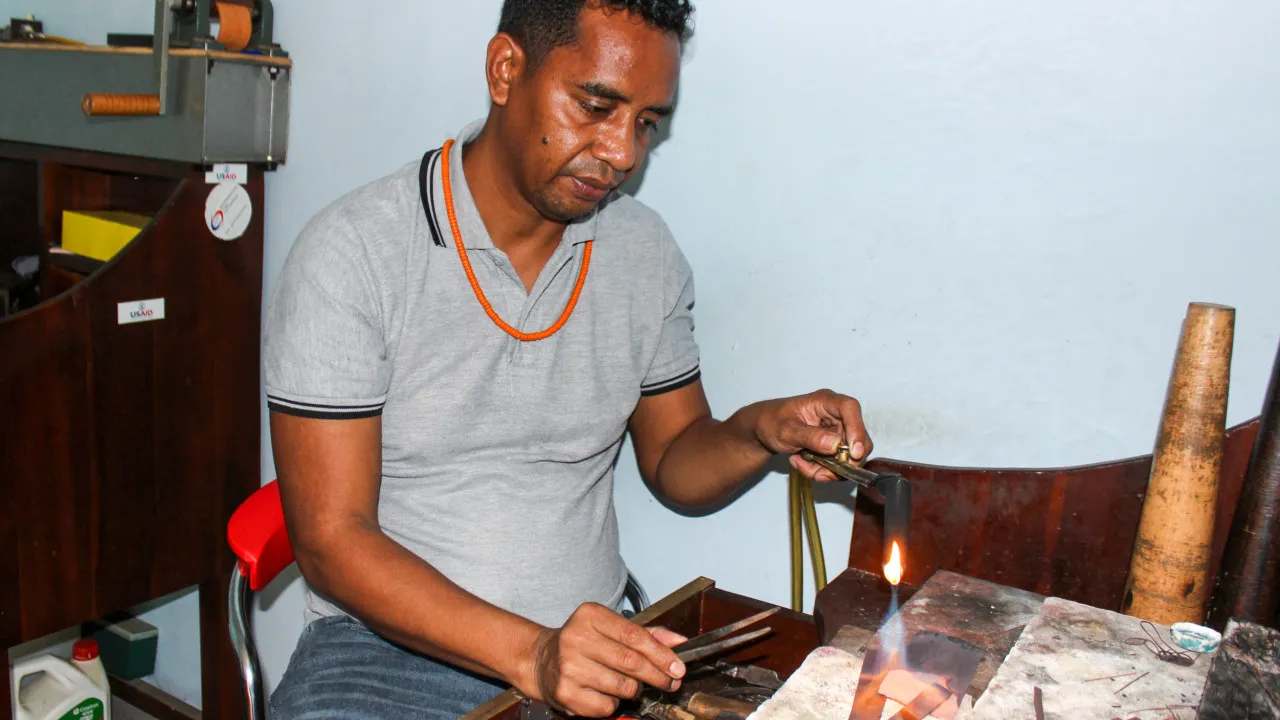
The public discussion on the revision of Hospital Referral Networks (RRH) is underway to ensure transparency and the involvement of professionals and leaders, as stipulated by the directive.
The DE-SNS has stated that all suggestions for improving the document should be submitted via the official form (https://forms.office.com/e/zKmVSnQsV7).
Earlier in May, the Health Minister mentioned that the new obstetrics and gynecology referral network does not plan to close services but has identified weaknesses in two units. New Integrated Responsibility Centers are also proposed for the most deficient services.
“There is no expert proposal in the document to close [services], particularly in two units that have struggled to meet demand,” Health Minister Ana Paula Martins told reporters.
The minister was addressing a report from Expresso that the proposed obstetrics plan by a group of 20 experts suggests closing the childbirth units in Barreiro and Vila Franca de Xira.
She described it as a “referral document” that outlines “the services that can and should be performed” to ensure the safety of mothers, babies, and the professionals’ operations.
The proposal, prepared by the Commission on Maternal, Child, and Adolescent Health and now open for public discussion, identified vulnerabilities in the hospital units in Barreiro and Vila Franca de Xira, which could affect the normal functioning of emergency services.
The proposal categorizes hospital units into three levels.
Level one hospitals should have an obstetrics and gynecology service suited for resolving non-complex pathology.
“There may be Level I hospitals without obstetrics and gynecology emergencies/childbirth units or obstetrics hospitalization; in such cases, hospitals only provide scheduled gynecology and obstetrics services,” the document reads.
In gynecological oncology, these hospitals must ensure the necessary means for tumor diagnosis and staging.
Level two hospitals “should have at least 1,000 annual births, an obstetrics and gynecology service capable of providing all healthcare described for Level I Hospitals (for its direct influence area population).”
They should also be able to resolve more complex obstetric and gynecological pathology, with access to an Adult Intensive Care Unit.
Level three hospitals should have at least 1,500 annual births and be located in University Hospitals, part of Clinical Academic Centres, where there is undergraduate and postgraduate teaching in obstetrics and gynecology.
These hospital units should have a department of obstetrics and gynecology, an obstetrics service, and a gynecology service.




